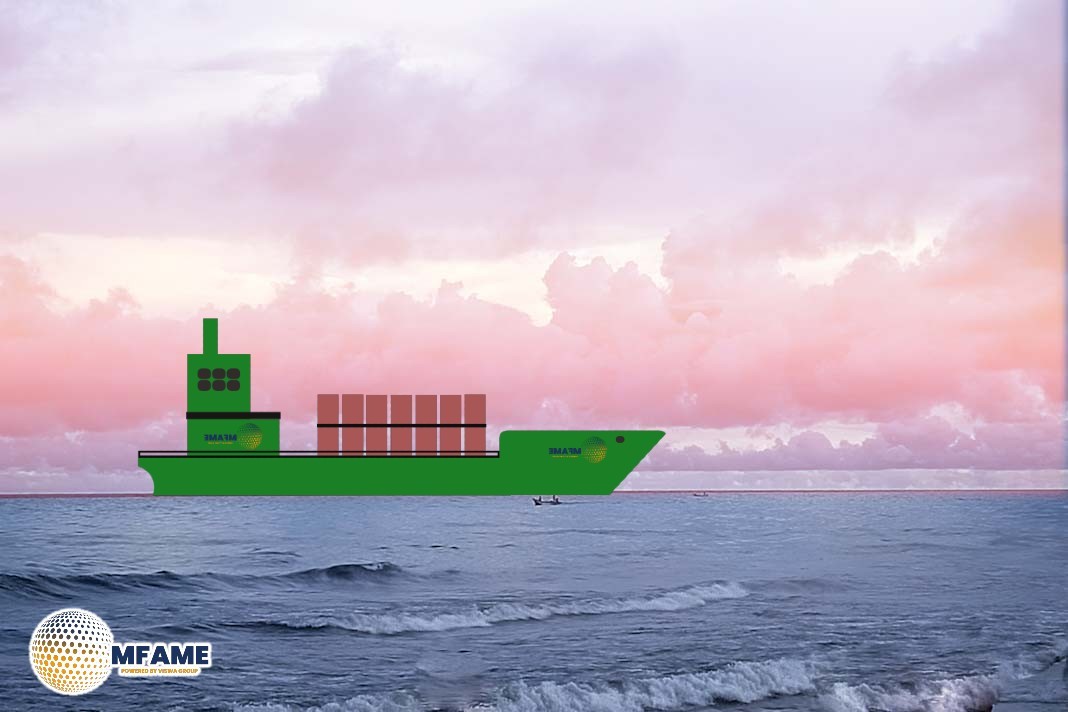- The administration is still debating between targeted reciprocal tariffs and a global tariff.
- Upcoming tariff deadlines have triggered a surge in ocean freight frontloading.
- Transpacific and Asia-Europe container rates are declining due to oversupply.
President Trump will make his new tariff proposal on Wednesday, April 2, in a Rose Garden ceremony. Yet crucial details are still unclear, such as when the tariffs would be imposed, immediately or later, reports Container News.
Continuing Uncertainty Regarding Tariff Strategy
Although Trump says he has reached a decision, the administration is still weighing its strategy, according to reports. One of the big questions is whether the White House will put reciprocal tariffs at different levels on certain trading partners or a global tariff on all imports. Another issue is how the administration will reconcile the desire to raise revenue and boost domestic production with using tariffs as leverage to get concessions from other nations, which might ultimately result in their elimination.
Important Trade Policy Timelines and Market Reaction
Several trade actions are scheduled to go into effect this week, further fueling market uncertainty. The 25% tariff reprieve on USMCA-covered Canadian and Mexican imports expires on April 2, the same date that the White House is scheduled to receive a report on trade which would support a 60% tariff on China. In the meantime, a 25% tariff on all automotive imports will be implemented on April 3. These deadlines have triggered an uptick in cross-border trucking and last-minute activity in air chartering as companies scramble to get shipments in ahead of the tariffs. Despite still ongoing uncertainty, ocean freight import volumes to the U.S. remain robust as shippers continue frontloading freight.
Container Shipping Market Faces Pressure
In contrast to the near-term demand boost, transpacific container rates declined to below last year’s lowest points, and Asia-Europe rates also weakened as the route moved into a seasonal downturn. Carriers are attempting to drive rates upward by instituting general rate increases, higher blank sailings, and alliance realignment. Yet the ongoing build-out of fleet capacity and requirement for voided sailings indicate carriers remain grappling with oversupply.
Air Cargo Experiences Mixed Signals
The China-U.S. air cargo market is experiencing weakening e-commerce demand, as cancellations of Block Space Agreements and charters, higher availability of forwarder charters, and rising capacity lead to expectations of lower volumes during the second quarter. Despite these indicators, China-U.S. freight rates have risen 15% over the past month to $5.65/kg, reportedly due to tariff-related shipments. Asia-Europe airfreight rates also are up 13% year-to-year to $3.79/kg, indicating some ongoing demand on that lane.
Did you subscribe to our daily Newsletter?
It’s Free Click here to Subscribe!
Source: Container News















![[Watch] Crazy Power Needed to Move World’s Largest Containerships](https://mfame.guru/wp-content/uploads/2023/11/mfame-tanker-100x70.jpg)

